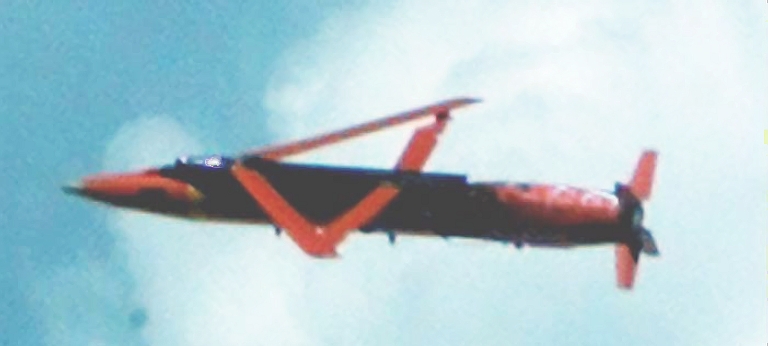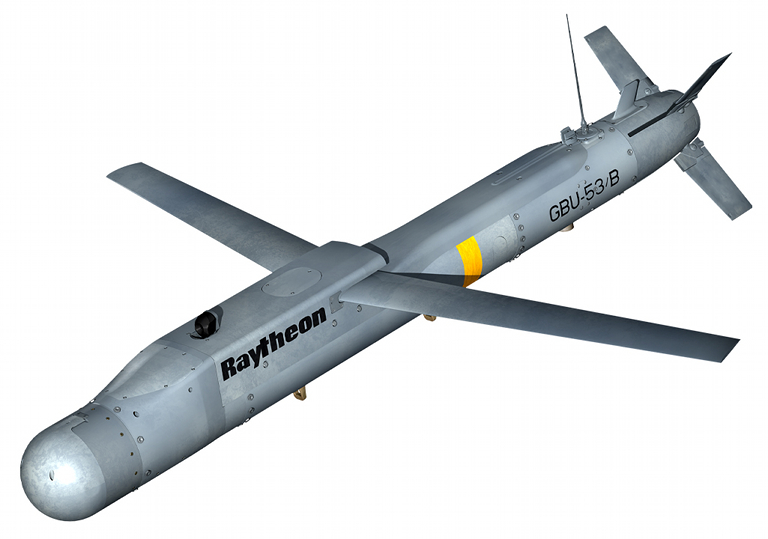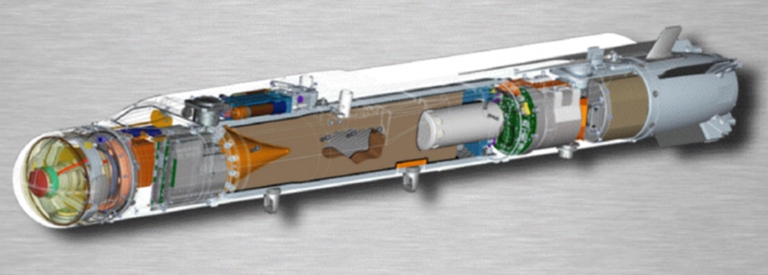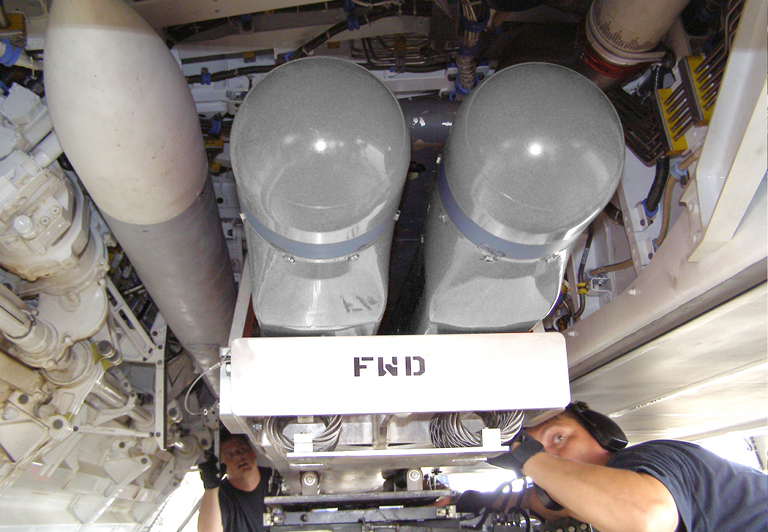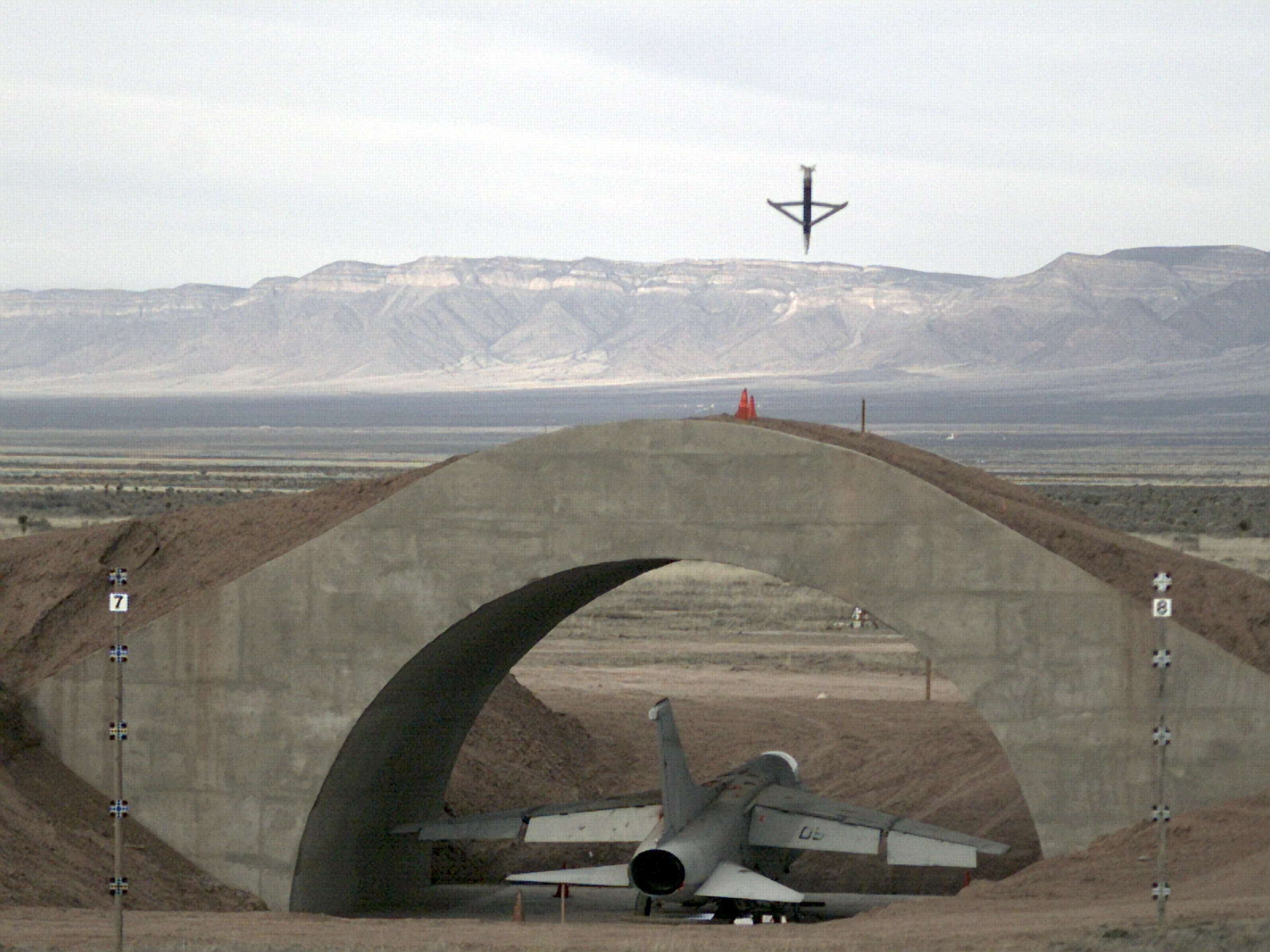|
||||||||||||||||||||||
![Home - Air Power Australia Website [Click for more ...]](APA/APA-Title-Main.png) |
||||||||||||||||||||||
![Sukhoi PAK-FA and Flanker Index Page [Click for more ...]](APA/flanker.png) |
![F-35 Joint Strike Fighter Index Page [Click for more ...]](APA/jsf.png) |
![Weapons Technology Index Page [Click for more ...]](APA/weps.png) |
![News and Media Related Material Index Page [Click for more ...]](APA/media.png) |
|||||||||||||||||||
![Surface to Air Missile Systems / Integrated Air Defence Systems Index Page [Click for more ...]](APA/sams-iads.png) |
![Ballistic Missiles and Missile Defence Page [Click for more ...]](APA/msls-bmd.png) |
![Air Power and National Military Strategy Index Page [Click for more ...]](APA/strategy.png) |
![Military Aviation Historical Topics Index Page [Click for more ...]](APA/history.png)
|
![Intelligence, Surveillance and Reconnaissance and Network Centric Warfare Index Page [Click for more ...]](APA/isr-ncw.png) |
![Information Warfare / Operations and Electronic Warfare Index Page [Click for more ...]](APA/iw.png) |
![Systems and Basic Technology Index Page [Click for more ...]](APA/technology.png) |
![Related Links Index Page [Click for more ...]](APA/links.png) |
|||||||||||||||
![Homepage of Australia's First Online Journal Covering Air Power Issues (ISSN 1832-2433) [Click for more ...]](APA/apa-analyses.png) |
||||||||||||||||||||||
| Last Updated: Mon Jan 27 11:18:09 UTC 2014 | ||||||||||||||||||||||
|
||||||||||||||||||||||
|
Boeing
GBU-39/B
Small
Diameter
Bomb
I
Raytheon GBU-53/B Small Diameter Bomb II Technical Report APA-TR-2007-0106 |
||||||||||||||||||
| by
Dr
Carlo
Kopp, AFAIAA,
SMIEEE,
PEng January, 2007 Updated January, June 2011 Updated April 2012 Text © 2007 - 2012 Carlo Kopp  |
||||||||||||||||||
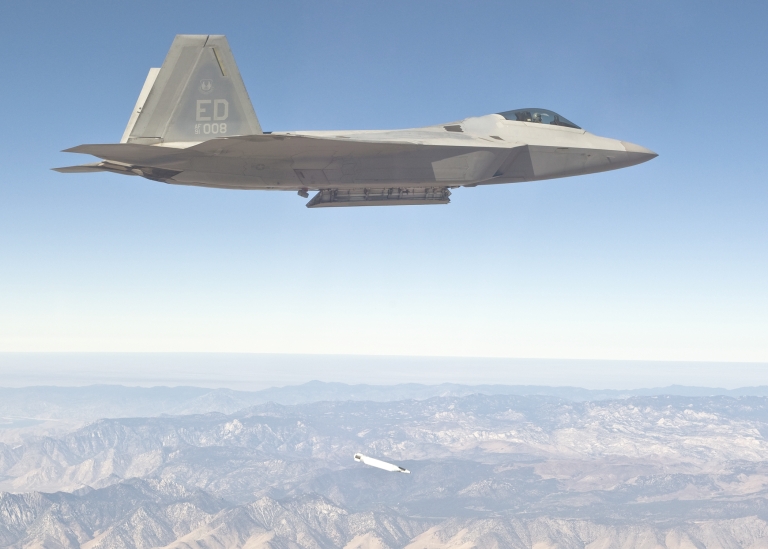 F-22A Raptor performs first drop of
GBU-39/B SDB I. An F-22 Raptor
drops an SDB I from its weapons bay during a test mission
Sept. 5 [2007]. The test marks the first airborne separation of a small
diameter bomb from the internal weapons bay of an F-22.
Testing of the SDB I with the F-22 is part of the Increment 3.1 upgrade
to the aircraft. Major Jack Fischer, 411th Flight Test Squadron test
pilot noted that
"Targets we can't get with most weapons, we can get with the F-22
because we have stealth, with this weapon and aircraft,
there is no place we can't reach and no place for an enemy to hide." (Photo by Darin
Russell, Text by
95th Air Base Wing Public Affairs, US Air Force)
GBU-39/B SDB I and GBU-53/B SDB II BackgroundThe SDB I was conceived during the 1990s to
provide
an internally carried weapon which would allow the F-22A Raptor,
and later JSF, to attack multiple targets. The design is sized so that
the F-22 can carry eight rounds in its main weapon bays. The SDB I was operationally deployed in 2005, and first
dropped in combat during a close air support sortie in Iraq, on October
5th, 2006. Development of the SDB followed the Miniature
Munitions
Demonstration
Technology (MMTD) program during the 1990s. The US Air Force intends to procure 24,000 or more
rounds for carriage on new and legacy combat aircraft; of these half
will be baseline weapons equipped for attacking fixed targets, and the
remainder a variant equipped to attack moving targets.
Above Boeing GBU-39/B Small Diameter Bomb I; below weapon in flight (USAF Photo).
Design aims for the SDB I included a capability to
penetrate hardened targets and provide better accuracy than the JDAM.
The MMTD effort included a focus on key technologies
including the Hard Target Smart Fuze, High Energy Explosives,
Penetrator Design, Optimal Guidance, Robust Autopilot, Differential
GPS/INS, and an Advanced Seeker. The Optimal Guidance is a unique
feature, it is designed to align the bomb body exactly with the
weapon's velocity vector at the point of impact, as this
maximises penetration of the target - all of the bomb's kinetic
energy is used to drive the weapon in - older guidance systems did not
achieve this and velocity components tangential to the impact would at
best waste energy, at worst contribute to premature casing rupture. The production SDB I is equipped with Rockwell Collins GPS receiver, with a Harris anti-jam module, and a Honeywell inertial unit, a KDI Precision Products reprogrammable electronic fuse (airburst, contact and delay modes), HR Textron tailfin actuators, MBDA diamondback foldout wings, with a TAM Garland 50 lb forged casing warhead. A Mil-Std-1760 interface is used. The launcher is a Sargent Fletcher pneumatic ejector system in the Boeing BRU-61/A bomb rack. SRI are providing differential GPS
ground stations, required to enhance SDB accuracy over JDAM and other
conventional munitions. The glide wings provide a quoted
delivery range of around 60 nautical miles for a high altitude release.
The weapon performs a 180 degree roll post launch as the stowed
configuration has the folded wings beneath the weapon. The cited blast radius is 26 ft
(cf 82 ft with 2,000-lb JDAM). Boeing claim the ability to penetrate
more than 5 ft of steel reinforced concrete making the SDB I
competitive
against the BLU-109/B for many targets. The SDB I will be most effective in
the urban and broader close air support, battlefield interdiction,
Destruction of Enemy Air Defences (DEAD) lethal suppression and
counter-air strike airfield attack roles. Against soft skinned vehicles
and structures, armour, point emplacements, runways, aircraft shelters
and SAM/SPAAG systems this weapon will be highly lethal. Where the SDB I will be less than
effective is against deep / hardened bunkers, large infrastructure
targets, large buildings, industrial plant, bridges, large trench
systems, vehicle parks, infantry on the move and other area or large
point targets. These remain the domain of larger specialised bunker
busting weapons, or large explosive bombs such as the Mk.83/BLU-110
(1,000 lb), Mk.84/BLU-117/BLU-119 (2,000 lb), BLU-109/116/118
(2,000 lb), BLU-113/122 (5,000 lb).
Raytheon GBU-53/B Small Diameter
Bomb II
The Raytheon GBU-53/B Small Diameter Bomb II is now in development, it will be equipped with a multimode terminal seeker and two way datalink, and is intended to enter full rate production in 2017. Intended production numbers in 2010 were 17,000 rounds, of which 12,000 are intended for the USAF, and 5,000 for the US Navy/Marines. The design objectives for the GBU-53/B are quite different from those for the GBU-39/B. The GBU-39/B is a weapon optimised for fixed targets, especially hardened infrastructure and basing, whereas the GBU-53/B is intended for attacks on moving battlefield targets, especially vehicles and heavy armour. In the simplest of terms the GBU-53/B is a glidebomb equivalent to the AGM-65 Maverick missile, but with a more flexible and countermeasures resistant seeker. The GBU-53/B guidance system combines seeker with a GPS/inertial autopilot, and a Rockwell Collins TacNet bidirectional dual band datalink, which provides JTIDS connectivity with aircraft and a UHF link with a ground designator. This is a refinement of the JTIDS based arrangement trialled for moving target engagements using the JDAM tailkit. The tri-mode seeker employs semi-active laser homing, MMWI radar, and uncooled thermal imaging components to maximise flexibility in employment and counter-measures resistance. The semi-active laser mode permits the use of the SDB II with legacy airborne and ground based designators, against fixed and moving targets. The MMWI and thermal imaging modes permit autonomous fire-and-forget engagements, under a wide range of weather conditions, accepting that some fog and haze conditions will impair both thermal imaging and MMWI acquisition. The seeker optical dome is protected by a clamshell shroud which is jettisoned before the seeker is activated. The warhead design is optimised for battlefield targets, parked aircraft, and unhardened structures, combining a shaped charge with blast/fragmentation effects. It will also be highly effective against unhardened and hardened air defence targets, such as SAM batteries, and maritime targets such as warships. A redesign of the warhead was performed during the development cycle to provide the capability to disable or kill main battle tanks. Initial deployment is planned for the F-15E and later F-35. Initial weapon sizing was done to fit the F-22A Raptor, which could carry up to 8 rounds. Specifications - GBU-39/B Small Diameter Bomb I
|
||||||||||||||||||
GBU-39/B SDB I General Arrangement |
||||||||||||||||||
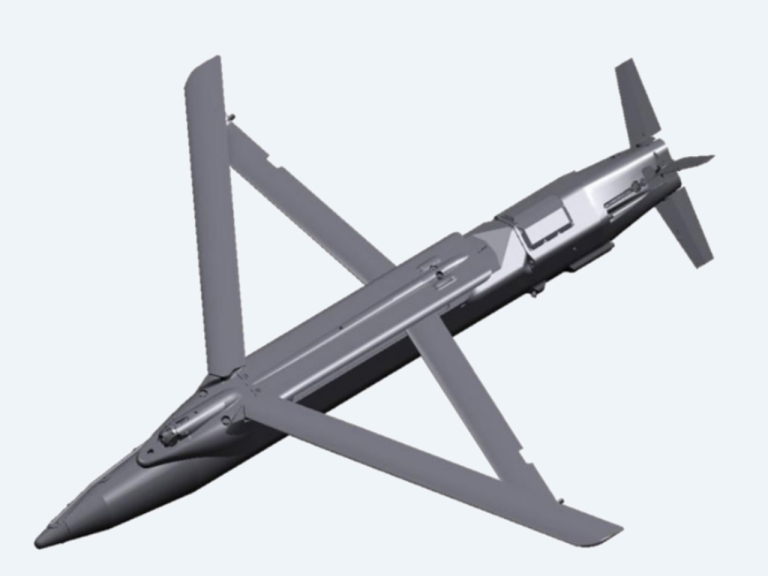 |
||||||||||||||||||
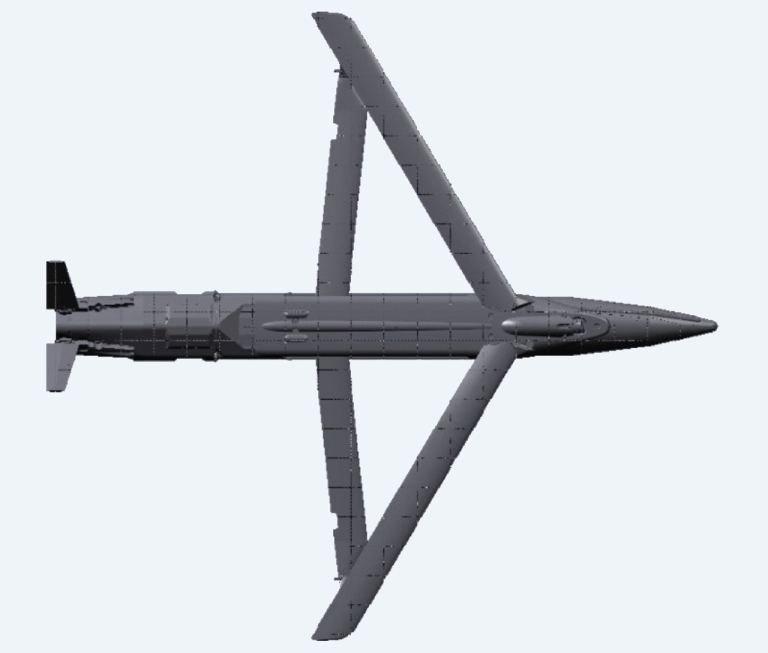 |
||||||||||||||||||
GBU-53/B SDB II General Arrangement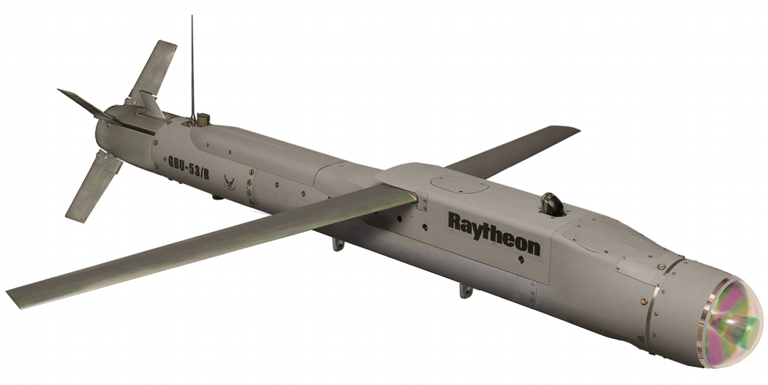 |
||||||||||||||||||
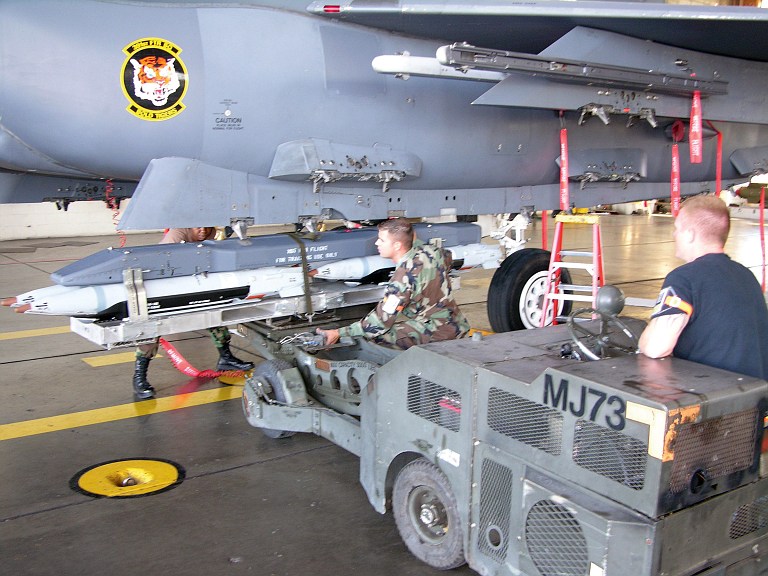 Loading
an
F-15E
Strike
Eagle
with SDB I rounds
(US
Air
Force)
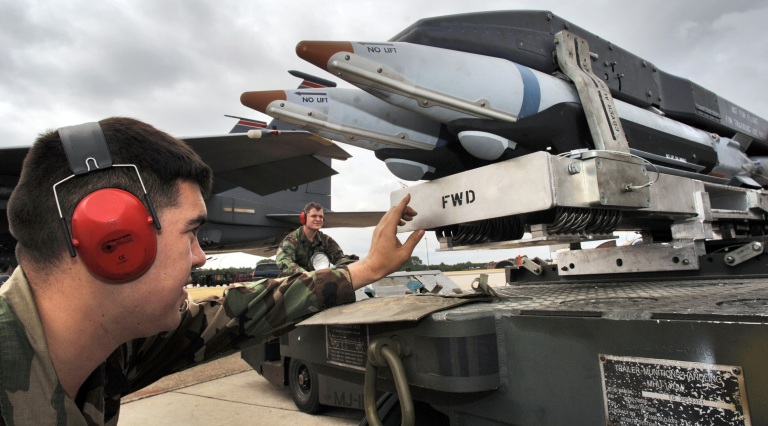 |
||||||||||||||||||
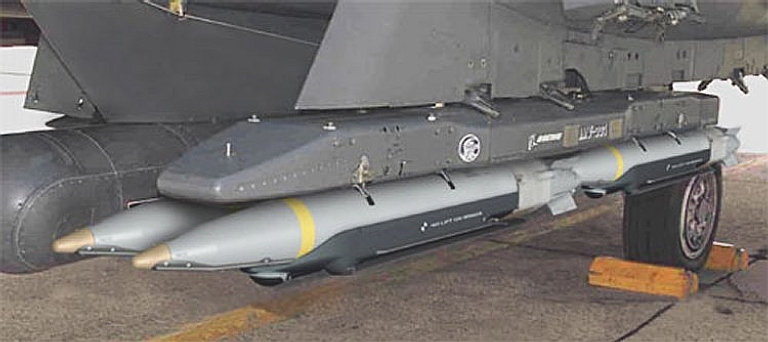 SDB
I loaded
on
an
F-15E
Strike
Eagle
(US
Air
Force)
|
||||||||||||||||||
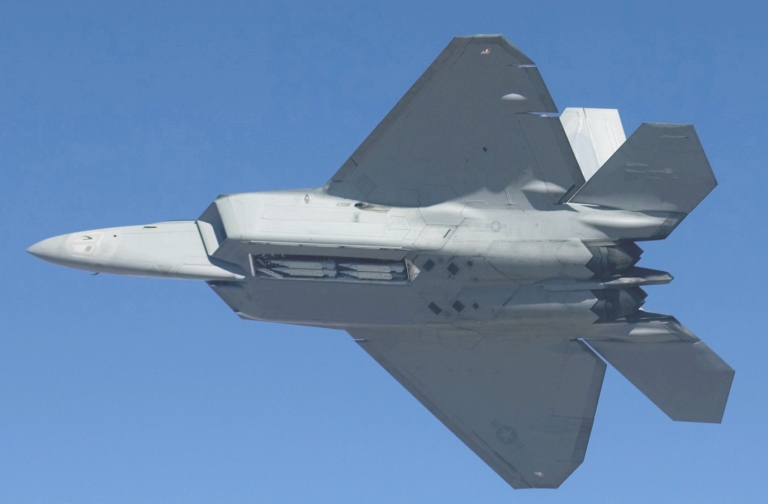 An F-22A
Raptor
performing a test flight early February, 2007, with four GBU-39/B Small
Diameter Bombs on
board. The F-22A will carry up to eight SDBs, while retaining two
AIM-120 AMRAAMs (US Air Force).
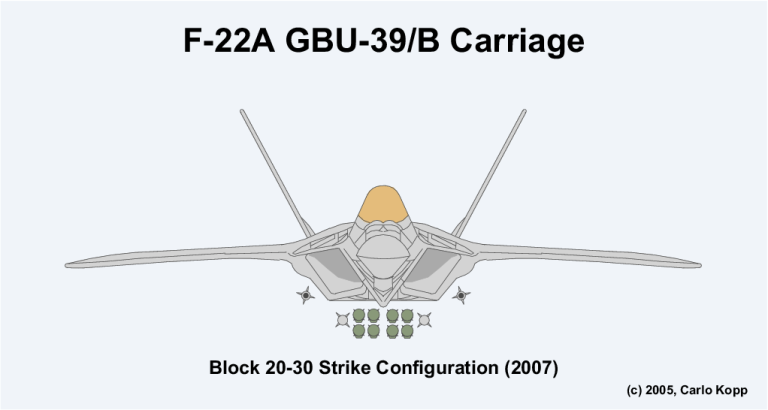 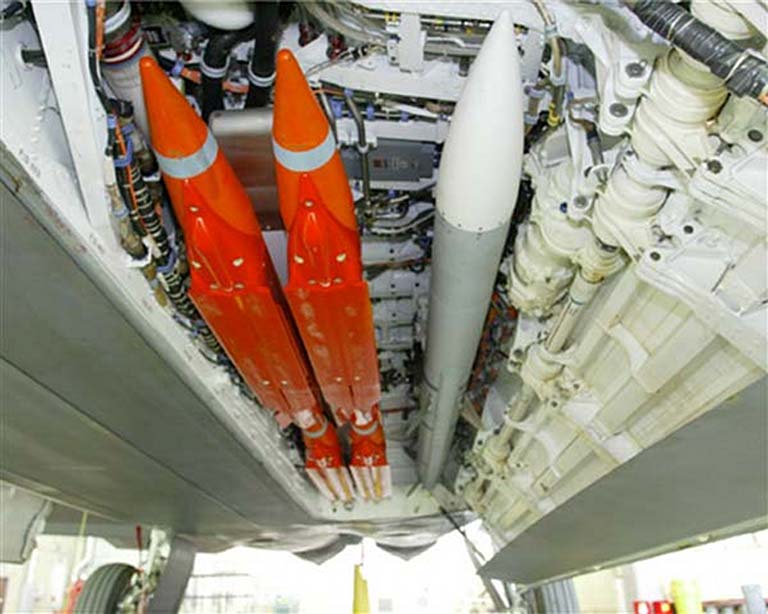 F-22A fit check of the GBU-39/B Small Diameter Bomb (USAF Photo). |
||||||||||||||||||
GBU-53/B SDB II CarriageGBU-53/B SDB II fit check on F-22A
Raptor of the 1st FW at Langley (Raytheon).
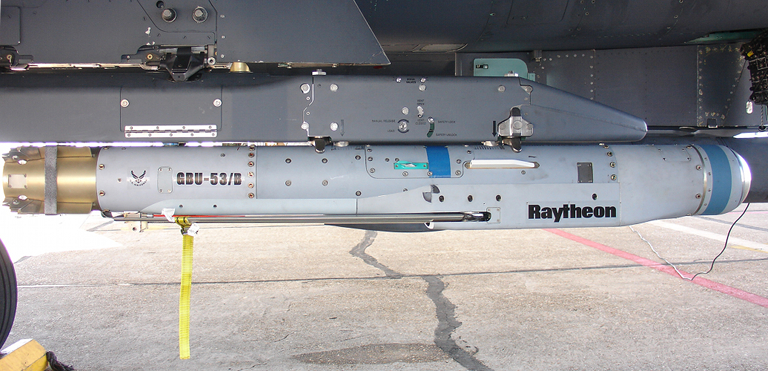 Above, below: GBU-53/B SDB II test
round on F-15E Strike Eagle (Raytheon).
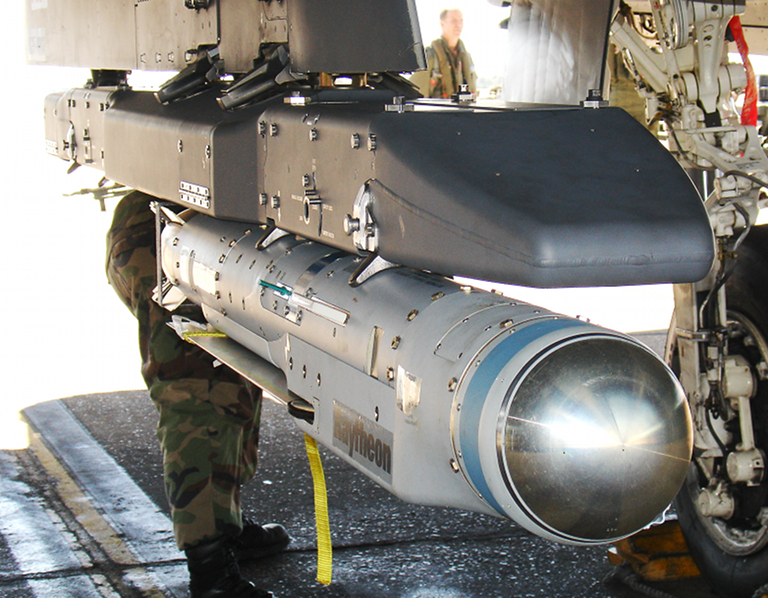 |
||||||||||||||||||
|
Hardened
Aircraft
Shelter
(HAS)
-
A-7
target
(US
DoD)
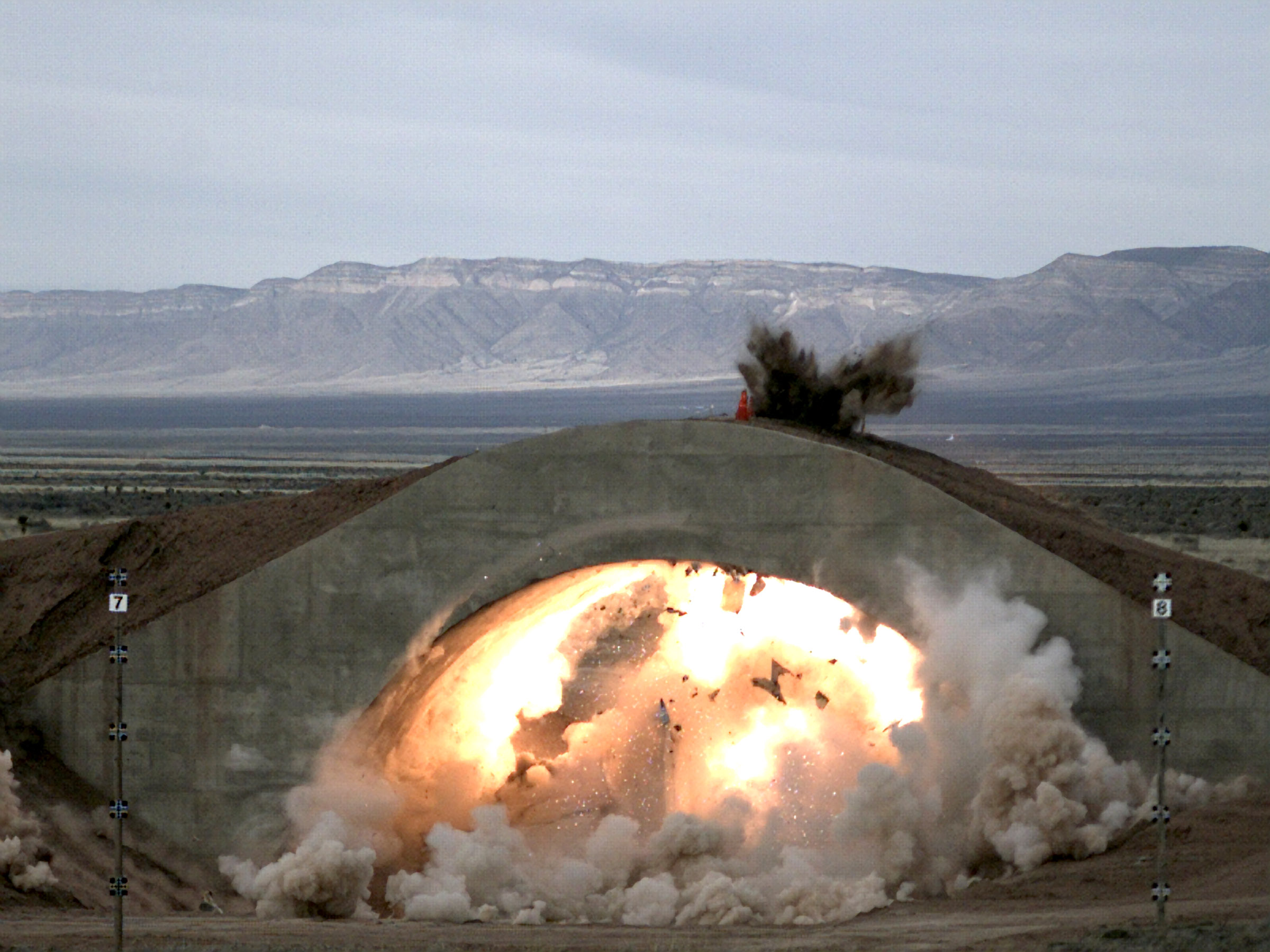 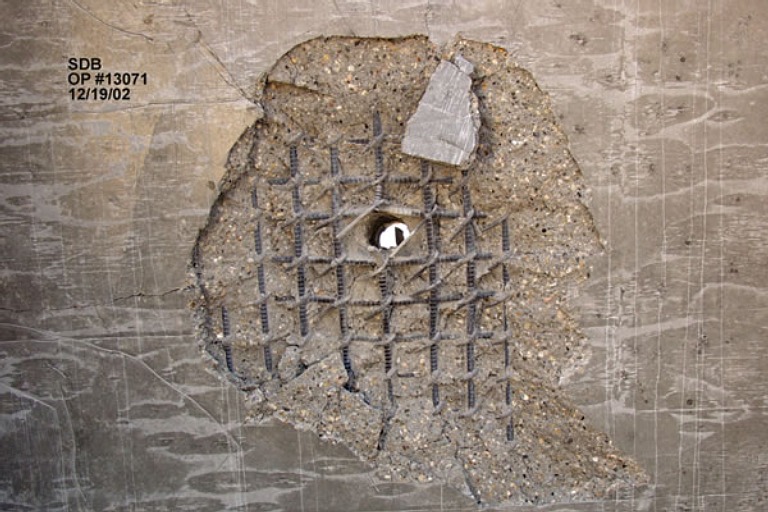 GBU-39/B reinforced concrete penetration (US DoD) |
||||||||||||||||||
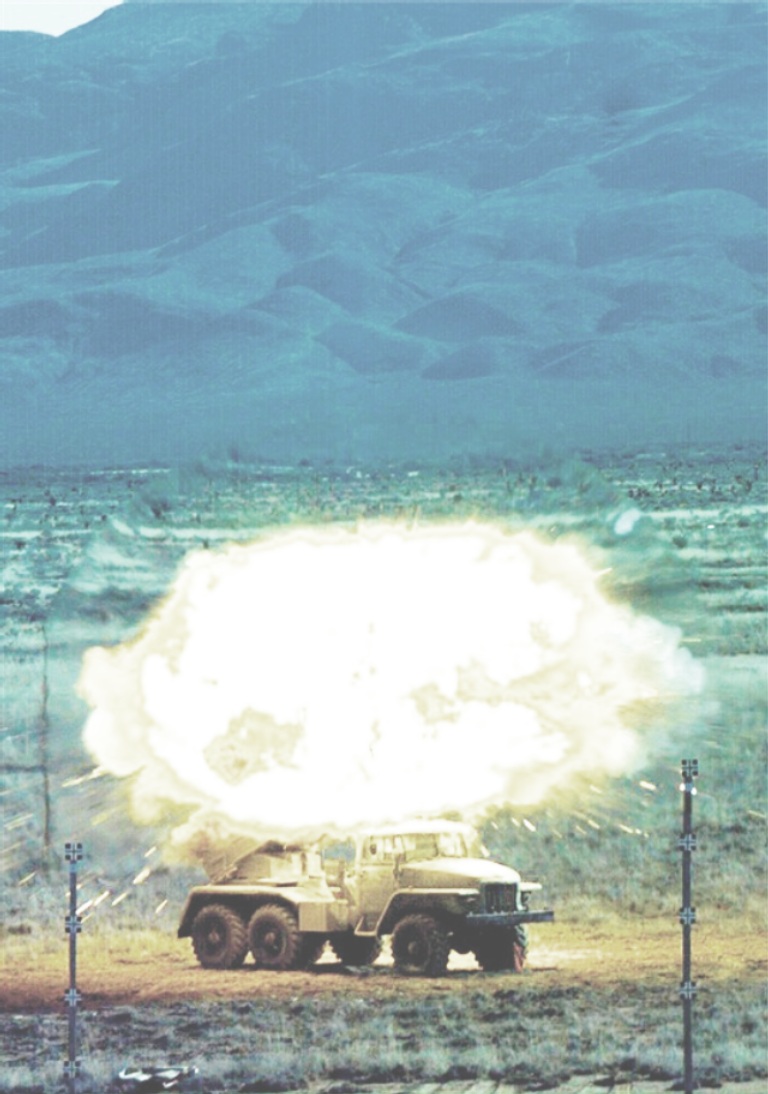 Soft Skinned Vehicular Target - BM21 MLRS (US DoD) 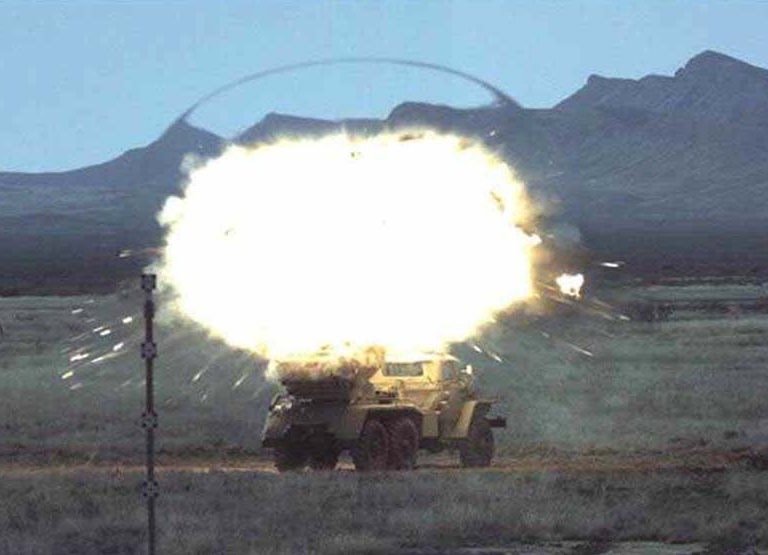 |
||||||||||||||||||
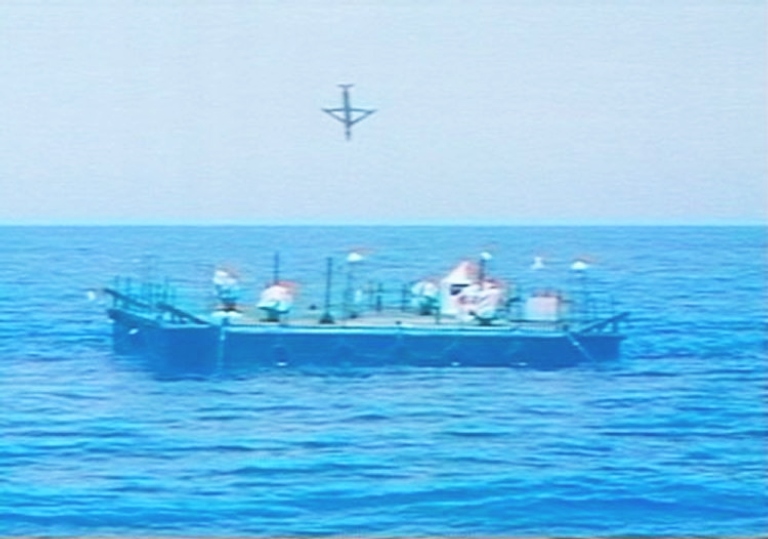 Maritime
Target
-
Barge
(US
DoD)
|
||||||||||||||||||
Miniature Munitions Technology Demonstration (MMTD) |
||||||||||||||||||
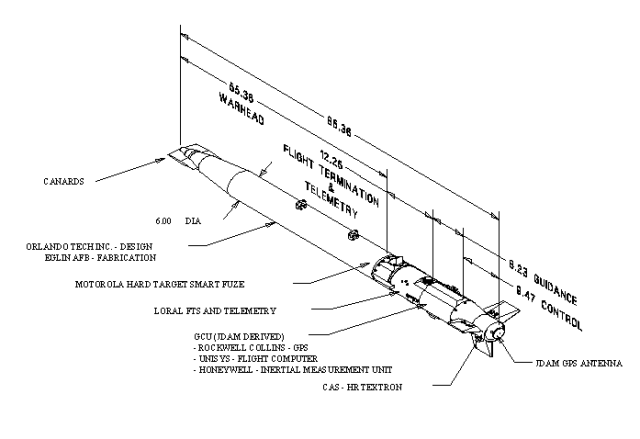 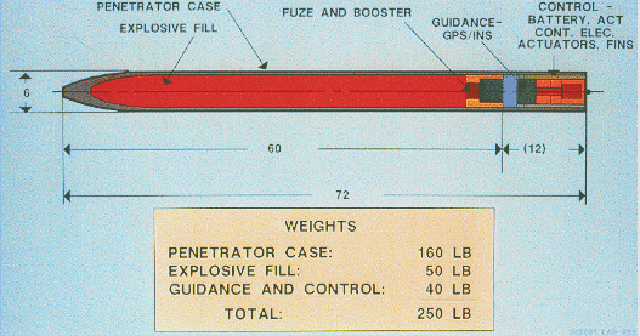 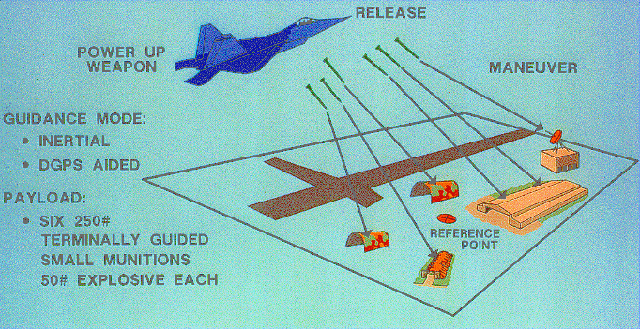 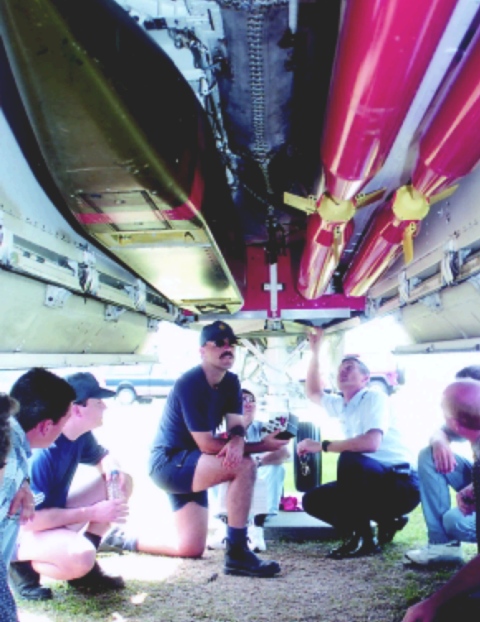 |
||||||||||||||||||
References
|
||||||||||||||||||
 |
||||||||||||||||||
|
Technical Report APA-TR-2007-0106 |
||||||||||||||||||
|
|||||||||||||
![Sukhoi PAK-FA and Flanker Index Page [Click for more ...]](APA/flanker.png) |
![F-35 Joint Strike Fighter Index Page [Click for more ...]](APA/jsf.png) |
![Weapons Technology Index Page [Click for more ...]](APA/weps.png) |
![News and Media Related Material Index Page [Click for more ...]](APA/media.png) |
||||||||||
![Surface to Air Missile Systems / Integrated Air Defence Systems Index Page [Click for more ...]](APA/sams-iads.png) |
![Ballistic Missiles and Missile Defence Page [Click for more ...]](APA/msls-bmd.png) |
![Air Power and National Military Strategy Index Page [Click for more ...]](APA/strategy.png) |
![Military Aviation Historical Topics Index Page [Click for more ...]](APA/history.png)
|
![Information Warfare / Operations and Electronic Warfare Index Page [Click for more ...]](APA/iw.png) |
![Systems and Basic Technology Index Page [Click for more ...]](APA/technology.png) |
![Related Links Index Page [Click for more ...]](APA/links.png) |
|||||||
![Homepage of Australia's First Online Journal Covering Air Power Issues (ISSN 1832-2433) [Click for more ...]](APA/apa-analyses.png) |
|||||||||||||
| Artwork, graphic design, layout and text © 2004 - 2014 Carlo Kopp; Text © 2004 - 2014 Peter Goon; All rights reserved. Recommended browsers. Contact webmaster. Site navigation hints. Current hot topics. | |||||||||||||
|
Site Update
Status:
$Revision: 1.753 $
Site History: Notices
and
Updates / NLA Pandora Archive
|
|||||||||||||
|
|
Tweet | Follow @APA_Updates | |||||||||||
|
|
|||||||||||||
|
|
|||||||||||||
![F-111 Aardvark Index Page [Click for more ...]](APA/f-111.png)
![F/A-18 Hornet and Super Hornet Index Page [Click for more ...]](APA/fa-18a.png)
![Aerial Refuelling and Airlift Capabilities Index Page [Click for more ...]](APA/aar-lift.png)
![Directed Energy Weapons and Electromagnetic Bombs Index Page [Click for more ...]](APA/dew.png)
![Notices and Updates Index Page [Click for more ...]](APA/notices-128.png)
![APA NOTAM and Media Release Index Page [Click for more ...]](APA/notams-128.png)
![APA Research Activities and Policy / Technical Reports Index [Click for more ...]](APA/research-128.png)
![Search Air Power Australia Website [Click for more ...]](APA/search-128.png)
![Briefings and Submissions - Air Power Australia [Click for more ...]](APA/briefs-128.png)
![Air Power Australia Contacts [Click for more ...]](APA/contacts-128.png)
![Funding Air Power Australia [Click for more ...]](APA/funding-258.png)

